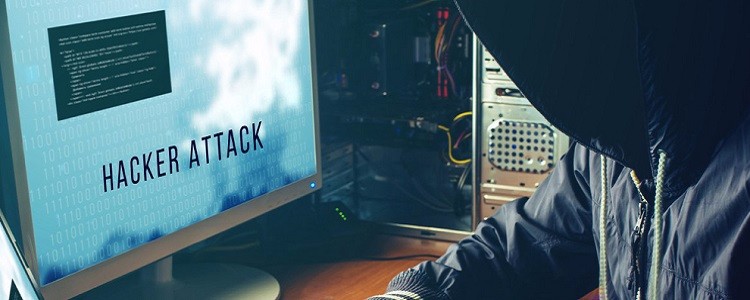Semalt Expert Describes Methods To Mitigate The Risk From Malware

Despite the greatest strength displayed by the internet as a resourceful place of any information, there are many risks associated with online activities. Hackers and con artists use online elements such as emails, messages and pop-up ads to manipulate innocent users. The spread of malware, viruses, and Trojans is one of the most damaging strategies used by con artists online to access computer information used for identity theft, destruction of documents and exposure of private information.
Ryan Johnson, the Senior Sales Manager of Semalt, takes you through the most common malware signs of infected computers and strategies to avoid them.

Malware
Malicious software (malware) is software on the internet browser displaying unwanted advertisements. They can infect a computer system to expose sensitive information of an organization or embezzle client funds, take over systems and demand ransom or expose confidential information. They exist in four forms: viruses, worms, trojans, spyware.
1. Viruses:
This malicious software inserts themselves into programs, reproduce, spread and perform malicious activities such as data destruction.
2. Worms:
Worms do not attach themselves to programs, but they crawl through networks, replicate and look for vulnerable machines to attack.

3. Trojans:
Trojan is a malicious software or data file that appears to be useful until it embedded in the computer system. They can encrypt victim's files or entire hard drive, prevent access to information and ask for ransom. Most Trojans spread through file attachments in emails.
4. Spyware:
Spyware is a malware that monitors the activities of a computer and sends the information to a third party without knowledge of the user. Data stolen can facilitate imposition, conduct theft, and other illegal activities in the name of the user.
How to Realize a Computer Is Malware Infected
It's hard to know the system is infected until it manifests itself. A computer may experience slow processing, but this could be a result of numerous reasons besides viruses, worms, and trojans. After infection, the malware may display a message, corrupt files or show itself through damages such as stealing of funds. Prevention is the best solution to trojans, viruses, and worms as detection is after the damage is done.
How to Avoid Malware?
- Ascertain senders of emails before replying or opening attachments and unsubscribe suspicious addresses.
- Do not click on suspicious links on website or email attachments.
- Check the authenticity of suspicious email address by phone or delete it.
- Train staff and close people on dangers of worms, viruses, and Trojans on a regular basis.
- Use antivirus and filter software to spam bad emails and adjust security settings to the highest level.
- Keep the computer system always updated. Make use of the recommended automatic update.
- Avail any important software patches missing from the system as soon as possible and enable automatic updates.
- Disable Microsoft Office macros as some viruses disguise themselves as macros. Consult the internet to establish is the macro is not malware.
- Install software from trusted vendors only as untrusted sources may contain viruses, worms, and Trojans.
- Make sure the operating system in use is updated as old systems such as Windows XP is vulnerable.
- Make regular data backup and employ insurance policies.

The best step to avoid worms, Trojan, viruses and other malware is by vigilant and observing preventive measures.